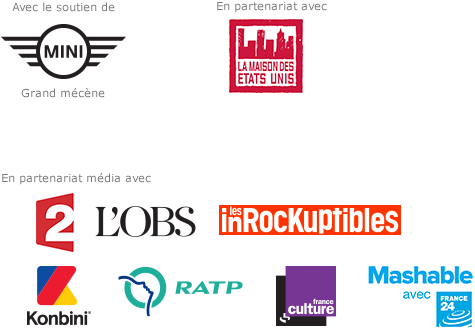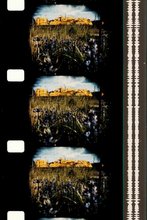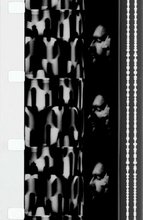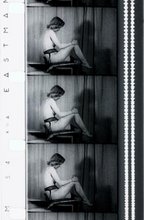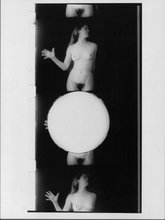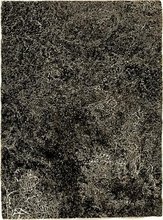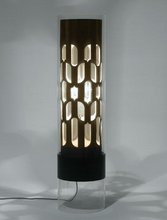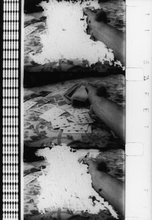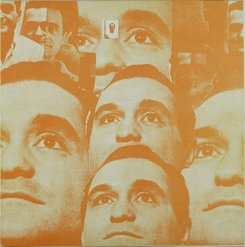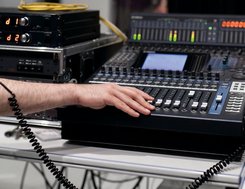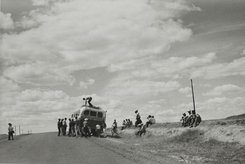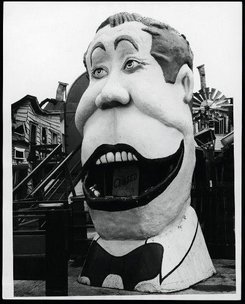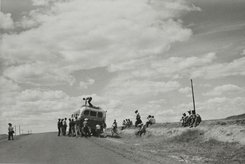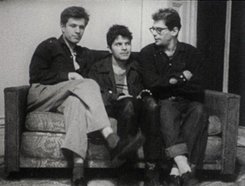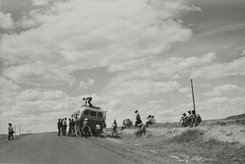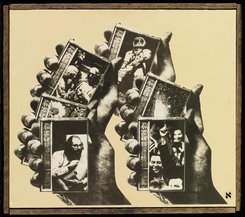Exhibition
Beat Generation
22 Jun - �3 Oct 2016
22 Jun - �3 Oct 2016
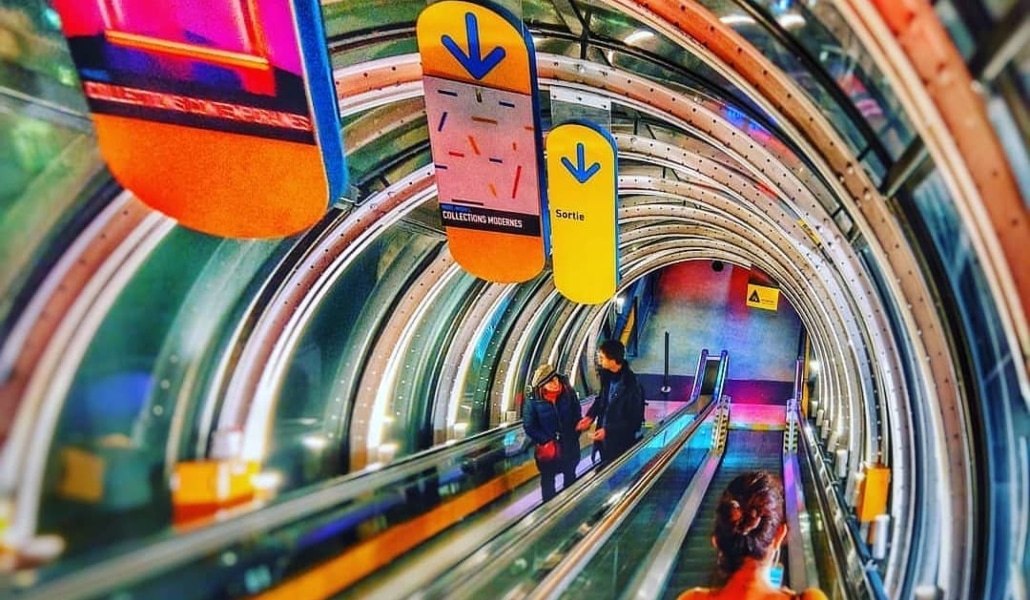
The event is over
The Centre Pompidou is to present Beat generation, a novel retrospective dedicated to the literary and artistic movement born in the late 1940s that would exert an ever-growing influence for the next two decades. The theme will be reflected in all the Centre’s activities, with a rich programme of events devised in collaboration with the Bibliothèque Public d’Information and Ircam: readings, concerts, discussions, film screenings, a colloquium, a young people’s programme at Studio 13/16, etc.
The Beat Generation was born with William Burroughs, Allen Ginsberg and Jack Kerouac, who met at New York’s Columbia University in 1944. The movement later shifted to the West Coast, where it gravitated around Lawrence Ferlinghetti’s City Lights bookstore and publishing house in San Francisco, and for a short time also the Six Gallery, which on 7 October 1955 staged Ginsberg’s celebrated reading of his poem Howl, prompting a highly-publicised obscenity trial and bringing the Beat poets a paradoxical fame. Between 1957 and 1963, Paris would be an important centre of activity for the Beat Generation: William Burroughs, Gregory Corso, Allen Ginsberg, Peter Orlovsky, Brion Gysin, and others regularly stayed at the “Beat Hotel” at 9 rue Gît-Le-Cœur, a great rendezvous of the Bohemian Paris of the post-War years, which became for them a laboratory of visual and sonic experiment. It was there in particular that Brion Gysin, William Burroughs and Antony Balch developed the cut-up technique, that Burroughs wrote his Naked Lunch and Brion Gysin invented his Dreamachine.
Foreshadowing the youth culture and the cultural and sexual liberation of the 1960s, the emergence of the Beat generation in the years following the Second World War, just as the Cold War was setting in, scandalised a puritan and Mc Carthyite America. Then seen as subversive rebels, the Beats appear today as the representatives of one of the most important cultural movements of the 20th century – a movement the Centre Pompidou’s survey will examine in all its breadth and geographical amplitude, from New York to Los Angeles, from Paris to Tangier.
The Centre Pompidou’s exhibition maps both the shifting geographical focus of the movement and its ever-shifting contours. For the artistic practices of the Beat Generation – readings, performances, concerts and films – testify to a breaking down of artistic boundaries and a desire for interdisciplinary collaboration that puts the singularity of the artist into question. Alongside notable visual artists, mostly representative of the California scene (Wallace Berman, Bruce Conner, George Herms, Jay DeFeo, Jess…), an important place is given to the literary dimension of the movement, to spoken poetry in its relationship to jazz, and more particularly to the Black American poetry (LeRoi Jones, Bob Kaufman…) that remains largely unknown in Europe, like the magazines in which it circulated (Beatitude, Umbra…). Photography was also an important medium, represented here by the productions of Allen Ginsberg and William Burroughs – mostly portraits – and a substantial body of photographs by Robert Frank (Les Américains, From the Bus…), Fred McDarrah, and John Cohen, all taken during the shooting of Pull my Daisy, as well as work by Harold Chapman, who chronicled the life of the Beat Hotel in Paris between 1958 and 1963. The same was true of the films (Christopher MacLaine, Bruce Baillie, Stan Brakhage, Ron Rice…) that would both reflect and document the history and development of the movement.
Focused on a precise historical period and deliberately making use of “low tech” media and means of reproduction (vinyl discs on turntables, carousel slide projectors, 16mm film projectors) this exhibition illustrates how profoundly the Beat Generation – in its expressive freedom, its breaking down of boundaries between disciplines and cultures, its “poor”, ecstatic and contemplative aesthetic, and also its violence – influenced the development of today’s countercultures, revealing it as their origin and casting light on ongoing problematics.
Interview with Jean-Jacques Lebel, artist, associate curator
Might one speak of a relationship of “filiation” between Surrealists and Beats?
You can’t really speak of filiation, but you do see concrete affinities between the automatic writing of the Surrealists and Kerouac’s “spontaneous prose” or “spontaneous Bop prosody”. Carl Solomon – the dedicatee of Ginsberg’s poem-manifesto Howl – came to profoundly identify with Artaud on witnessing the latter’s tragic appearance at the Théâtre du Vieux-Colombier in 1947, where he suffered a public breakdown. Solomon was so deeply impressed that he had himself admitted to a mental hospital on his return to New York, insisting that he be given electroshocks, like Artaud. In 1943, when he was only 15, the poet Philip Lamantia, a co-founder of the Beat movement, wrote to André Breton to inform him of his adherence to Surrealism and to send him poems that would be immediately published in the New York Surrealist magazine View. The Afro-American beatniks Bob Kaufman and Ted Joans identified with Surrealism, and some of the work of McClure, Corso, and Ferlinghetti has a very strong Surrealist flavour. It’s a matter of rhizomatic connections, not of demarcations. The sources of Beat poetry are not exclusively American, but very diverse, transcultural, often Asian.
The exhibition highlights the Beat writers’ involvement with Paris. Can you tell us something about this moment in the history of the movement?
The essence of what the Beat poets sought in Paris is summed up in the photo of Ginsberg sitting on his bed at the Beat Hotel, in Rue Gît-le-Cœur, under a reproduction of Fantin-Latour’s portrait of Rimbaud and a poster for a Cézanne exhibition. The Rimbaud of Une saison en enfer was for them a “lighthouse” in Baudelaire’s sense, a teacher and inspiration. As for Cézanne, Ginsberg explained that he wanted to translate the painter’s analytic of space into a poetic method. Burroughs put the finishing touches to his scrapbooks and also wrote several books at the Beat Hotel. It was there that Gysin invented the cut-up and the dreamachine. Ferlinghetti did a PhD on Prévert at the Sorbonne. Corso did important writing in Paris and Amsterdam. It is time to lift the ban that certain chauvinist American academic interpreters of the Beats have imposed on Paris and Europe. The present exhibition complements and elaborates upon the one I organised in 2013-2014 at the Centre Pompidou-Metz and four other European museums. We are setting the record straight, in the fashion of Desnos: “Poem, I don’t ask you the time, I give you mine.”
You were a member of the movement and a link with the United States. What was your role?
As a translator first of all – Ginsberg got me to work for him as soon as we met in 1957 – and then as an organiser of public readings and as a friend of Corso, Ferlinghetti, McClure, Orlovsky and Ginsberg himself. In 1958, I introduced Ginsberg, Corso, Burroughs and Gysin to my friends, Duchamp, Man Ray, Péret… My anthology of Beat poetry was published in 1965, thanks to Maurice Nadeau, and it was when I saw long quotations from my translations from Howl painted anonymously on the walls in 1968 that I realised what an impact this poetry had had. It had flown off the printed page to become an act in the social. “Poetry should be made by all. Not by one”, wrote Lautréamont. That dream had become a reality, at last!
Jean-Jacques Lebel
Source :
in Code Couleur, n°25, may-august 2016, p. 45
Where
Galerie 1
When
22 Jun - 29 Sep 2016
11am - 11pm, every thursdays22 Jun - �3 Oct 2016
11am - 9pm, every mondays, wednesdays, fridays, saturdays, sundaysThursdays till 11 pm : late night opening
Partners
